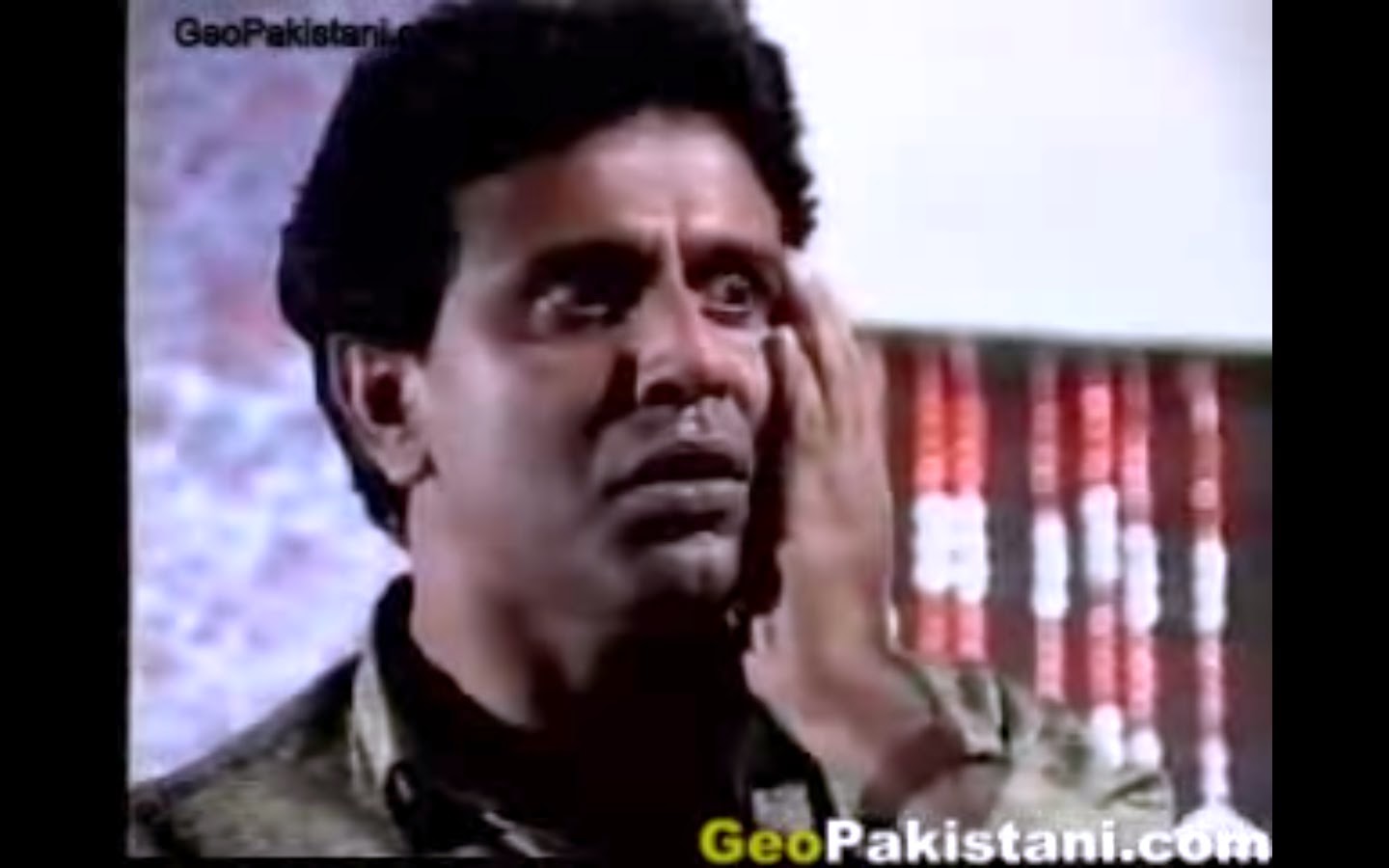Before I begin to write on the male characters of Chand Grehan for my final essay, I'd like to pay tribute to the amazing feamle characters of Chand Grehan. With the exception of Mrs.Babar, they all end up strong and really well crafted individuals who know what they want. Sometimes the go after it with all they have, like Gul Bahar's pursuit of the elusive and fickle izzat, or Shehrbano's quest for choice and Shireen's determined chase after truth or Singhar's control over her body.

These female characters in CG are truly reflective of the compassionate, truthful, virtuous and perceptive side of the society. These characters work within the triangle of feudal-bureaucratic-media, but their interests are not tied directly to it and so it gives them a clearer vision of whats around them like Gul Bahar says: "Aisa toh wahan bhi nahi hota jahan insan din raat biktay hain"
If one is to look at Shireen, one realizes that she is one of the unique female characters. She is unique because she is not subject to an oppressive relationship with an overpowering egotistical male. the only guy she is with is the poor weak sahafi who cant't kill a fly or coerce a thing to save his life. She is also unique because she is shown as one of the virtutous characters who do good and are associated with good and also voice these good values, thus their beliefs are there for every one to see and for everyone to believe. To elaborate, when asked to leave some option open for herself, Shireen replies: "Mera raasta raat se hota hua subah ko jata hai". Her conviction in the face of her hardships is something I envy and would like to emulate given the prospect of the college officially ending now.
Anyways, that's it for the ladies of CG, and I believe this is it for this blog too.
Best of luck fellow domesticity girls(and the two guys). Its time for Goodbye now.




